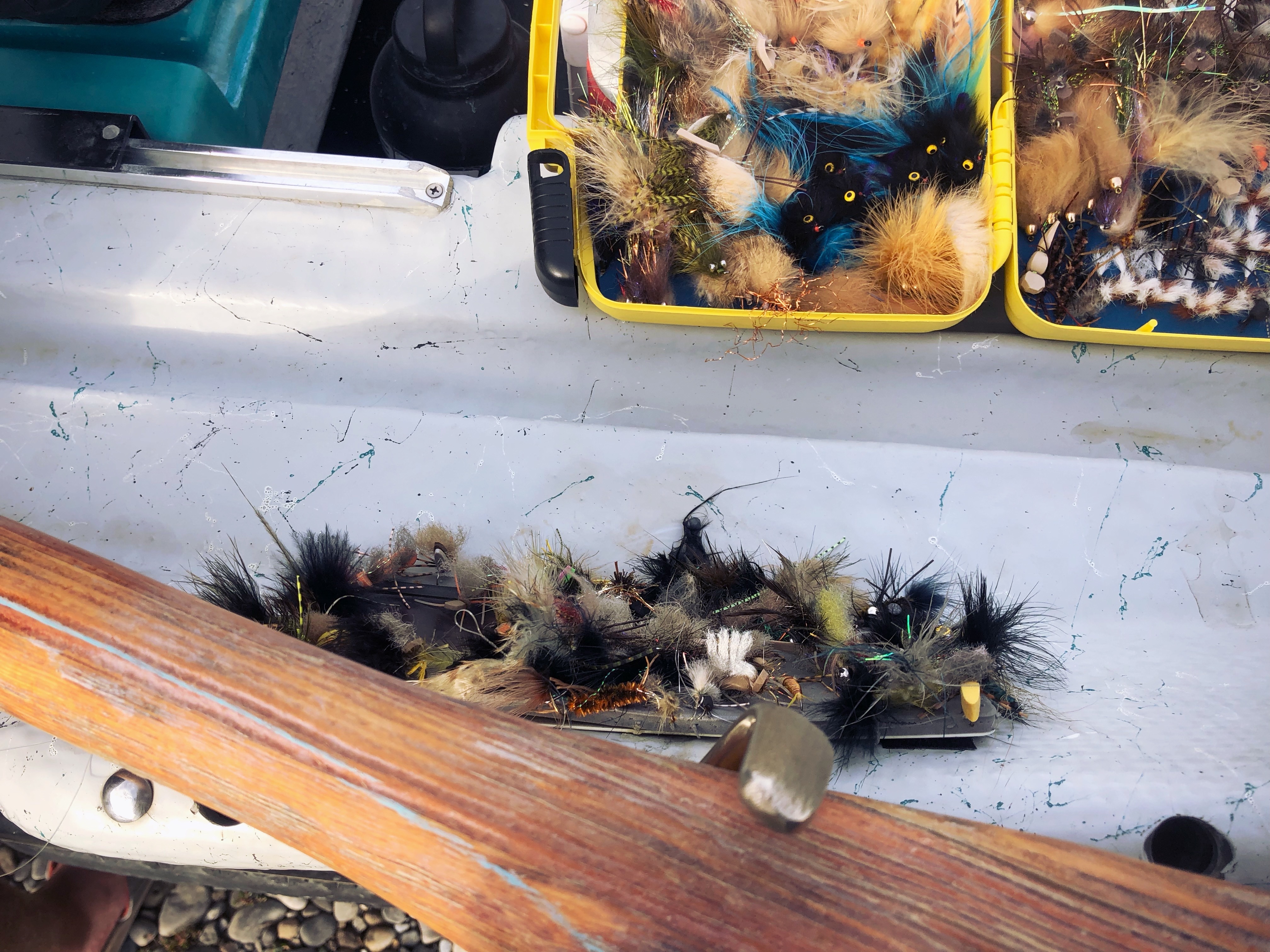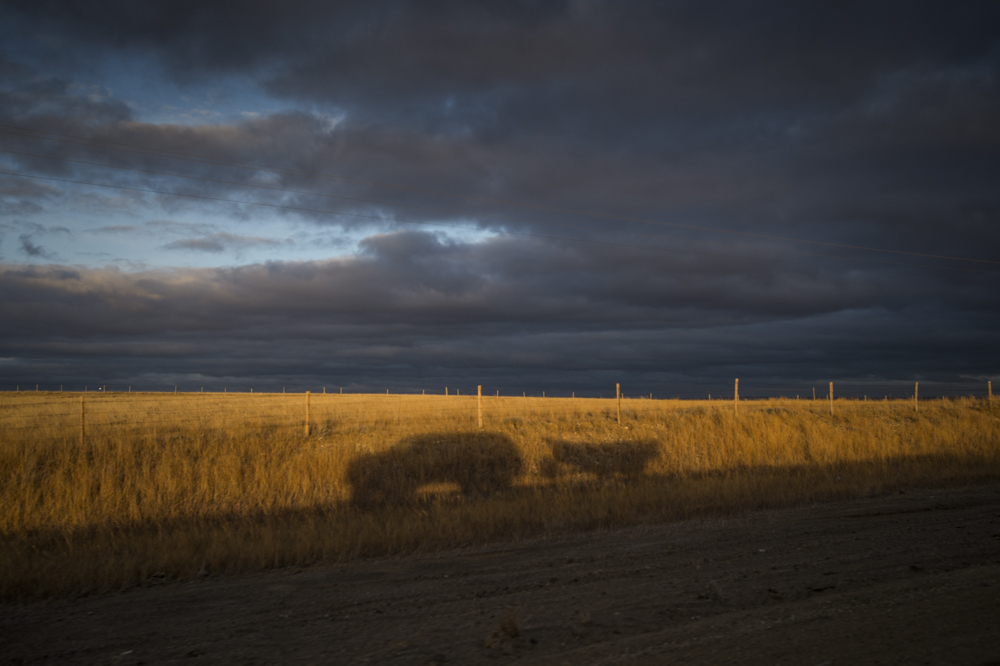Geartalk


Skills
Does Fly Pattern Matter?
We believe that our choice of fly is responsible for the fish that we catch, and that if we can merely find the right fly, our success will know no bounds…


News
Hard Lessons About EVs and Hybrids
The plug-in hybrid is the way to go, but you want to look for something that gets more than 20 miles range from a battery.


News
Soul Fly Lodge Giveaway
Enter the Soul Fly Lodge Giveaway to win a five-nights, four-days stay in the Bahamas.
.svg)






